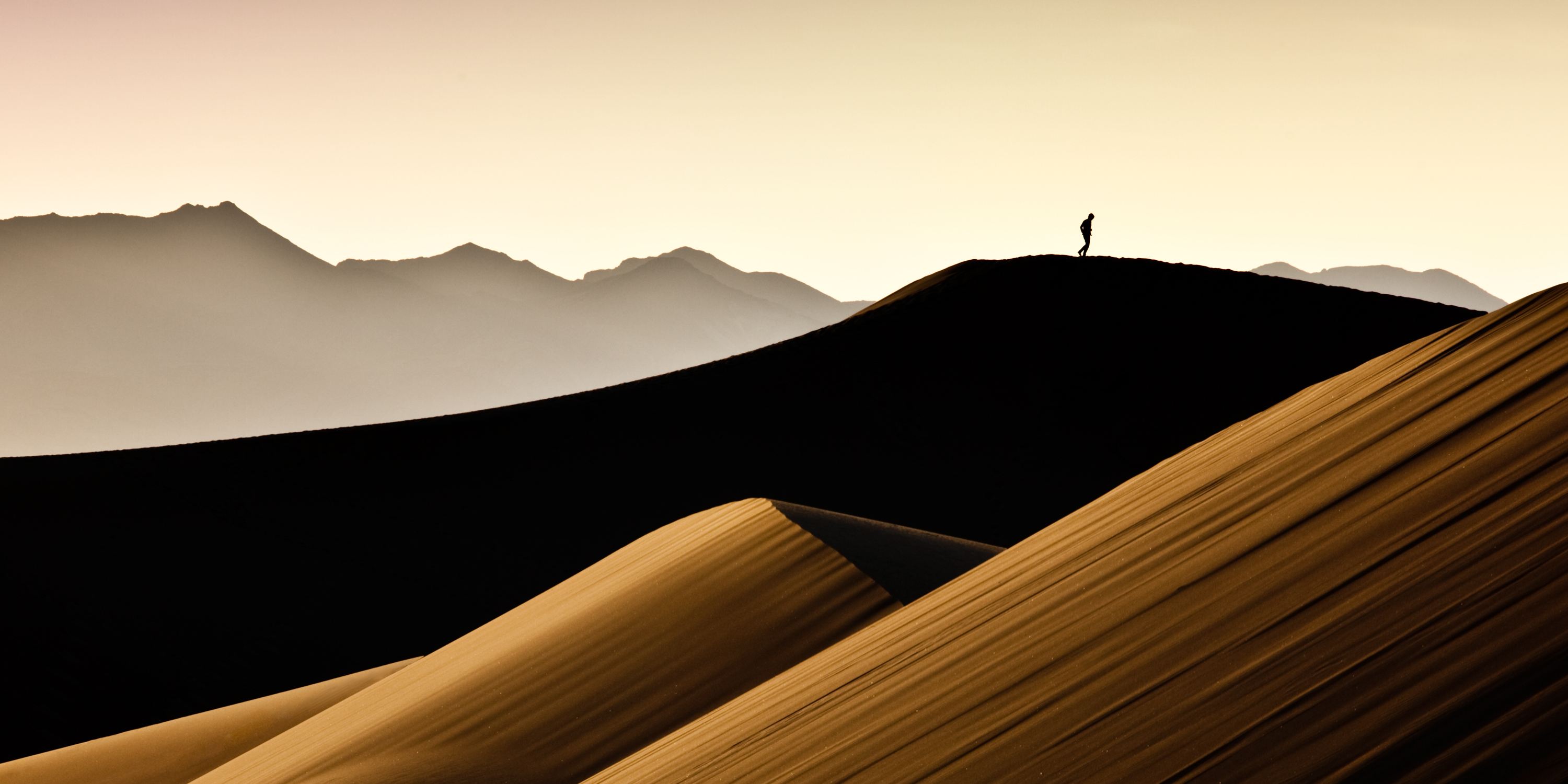
Samuel Feron is a landscape photographer and a co-founder of Terra Quantum, a platform that gathers the most beautiful pictures of our planet. He has been photographing landscapes of the world for 15 years. He is particularly drawn to deserts and volcanic areas. Samuel’s work has been awarded in several international competitions - Fine Art Photography Awards (2015, 2016), the Prix de la Photographie de Paris (2012, 2013, 2014 and 2015), International Photographer of the Year (2016), International Photography Awards (2012, 2013) and many other photographic competitions.
1. In 2015 you have founded Terra Quantum, what motivated you to do it and what are your plans for the future of TQ?
Terra Quantum is a child that was born from the meeting of two: Nature and Photography. Although many photographic platforms exist, only a few of them are about nature only. So often we can see pictures on any and every theme, but having little to do with each other. Here on Terra Quantum, we don’t mix images of Nature and Architecture, Fashion or Still Life. We want to focus on Nature and its jewels. We are also concerned about environmental issues (see for example the work of Nick Brandt in our platform Life). All in all, a site dedicated to Nature (its territories and its animals) was what we deeply believed in and therefore established.
The question was how to make such a site definitively unique? How to avoid repetitive images in such a narrow field? It became quickly obvious that such a project could only be achieved by putting in place a severe selection process. We thus contacted several persons from all over the world deeply involved in photography and created a permanent jury. As of today, around 10 jurors review all submitted pictures. To give you an idea of the strict criteria, the quantity of accepted pictures doesn’t exceed several percentages. (Note that it’s not a predefined quota, but just an observation after 3 years of existence). By doing so, we ensure the high standards and therefore, Terra Quantum is a privileged place showcasing the work of talented photographers. Ultimately, Terra Quantum aims to be a reference platform in terms of nature and animal photography. By doing so, we develop many contacts with sponsors with whom we are planning some events, exhibitions and so on.
2. You are not only Terra Quantum founder, you are also an accomplished photographer - what was your path to become a photographer?
I came into photography quite late. It was in 2003 when I went to Iceland for the first time. At that time, this country was far much less known than today – now some 2 million of people visit it each year. Iceland for me was surrounded in a quasi-mystical atmosphere: a country lost in the extreme north, of rough, volcanic and icy landscapes, full of mystery. It appeared clear to me that I had to photograph these landscapes. I bought a simple reflex camera with only one lens and I started to shoot!
Comparing pictures that I take today, with the first ones, I am aware how I have evolved over the years. I am not talking about the technical side – it is normal to evolve, but I am talking about the way I think about photography. I initially had a classical approach to landscape photography: to show the world, like a reporter. Aesthetics were of course important too. Both approaches are compatible until a certain limit only. At some stage, I had to decide: what was my primary goal? This reflection came during a private workshop I had with a French photographer, Richard Fasseur. Richard is a photographer from the “old school”; he has shot on films for decades with no histogram to help or quick capture or Photoshop. He followed a strict regime of composition in viewfinder and perfection of light mastering that are very rare nowadays. He taught me a lot. He quickly spotted my ambiguous approach. Realizing how relevant his remarks were, I decided to re-orientate myself into an intimate vision and an intimate search. That’s why there are so many places I will not photograph anymore, like Antelope Canyon, Tunnel View, Horseshoe Bend, Mesa Arch, etc. It’s impossible to get a personal vision of these great beauty spots because millions of pictures have already been taken.
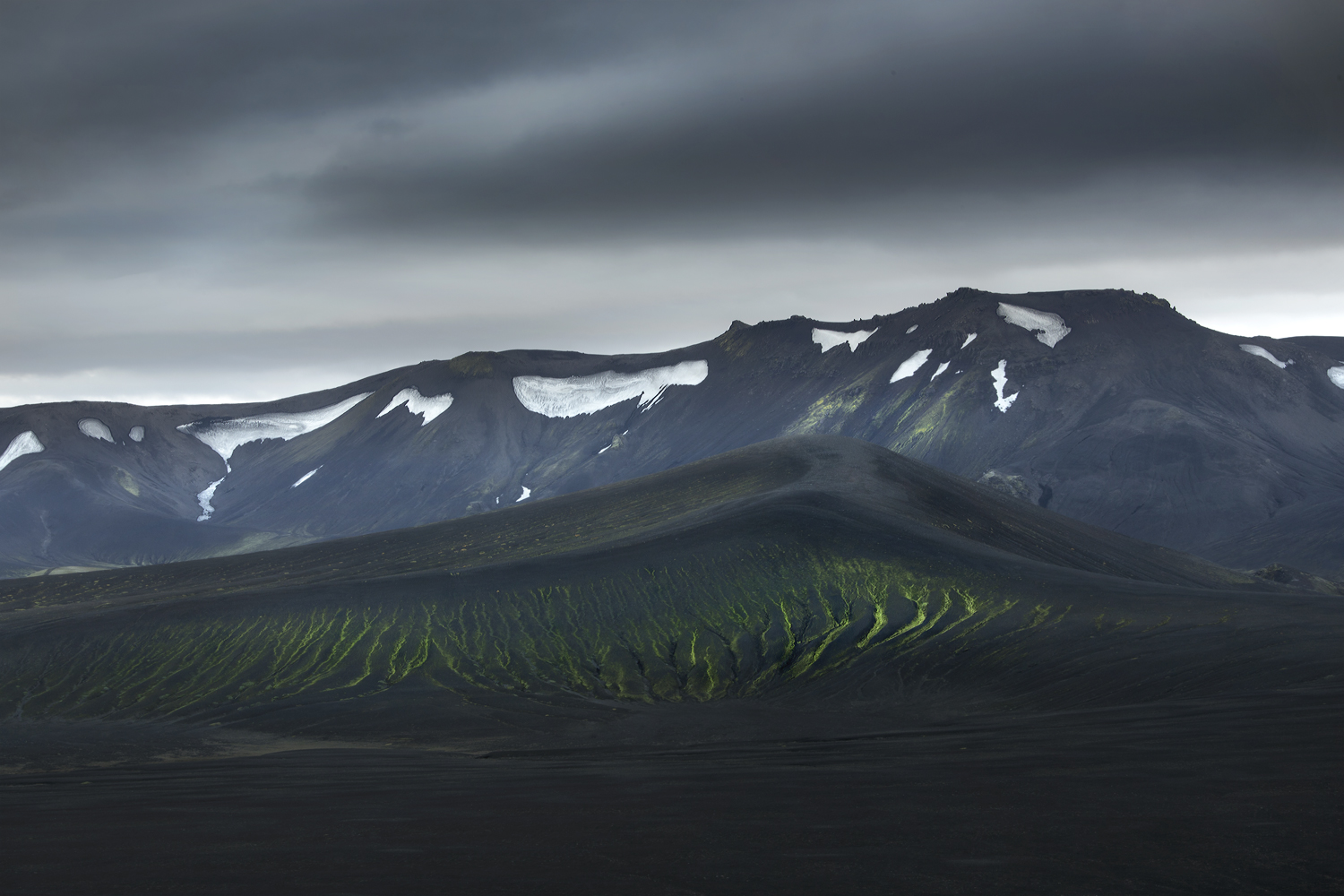
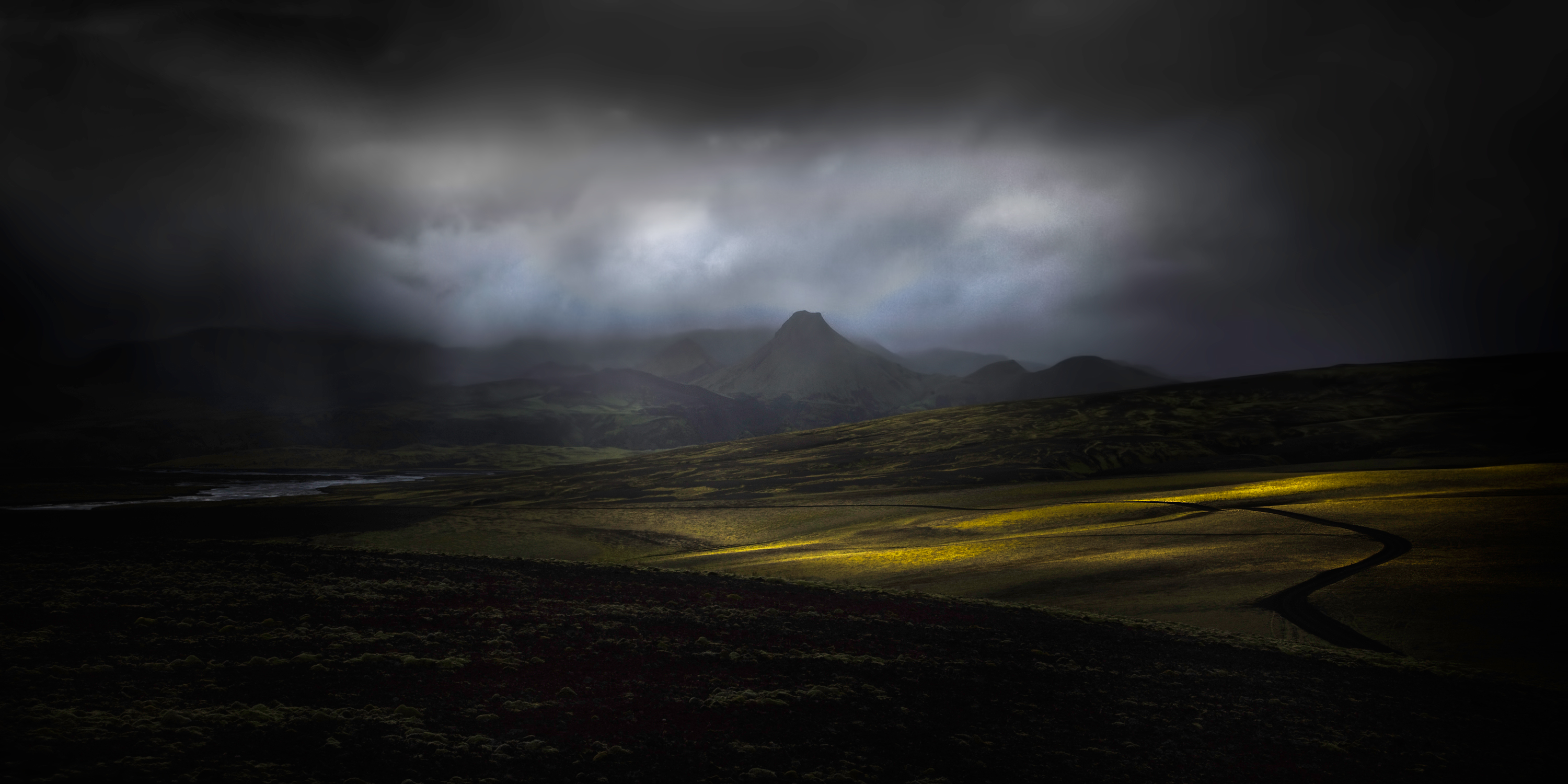
3. You are famed for your spectacular images of desert, cold and volcanic regions - do you always find faraway places more inspiring? Are there any special places that you would love to travel to for new work?
I think that part of the answer comes from my personality. I am rather a solitary person, so deserted areas probably better suit me. Also, I am attracted to the power of nature. All those reasons explain why Iceland influenced me so much. One of the most important challenges for me is to make my work evolve. It’s so easy to be stuck in a way of photographing, or to come back to the same areas and so to produce similar images. I know what I am talking about, as I return to Iceland once or twice a year since the 2000’s! Nevertheless, I still love this country, although the tourism has removed a large part of its magic. Now I feel the need to explore other areas. The main reason is not so much that I am curious of seeing other landscapes (which of course I am) but discovering new places that force me to adjust my style to the unknown. Each time I tried to replicate my style, it was wrong. Some of the landscapes I created were about the threatening and mystic weather conditions, while others, reveal the Iceland uniqueness under the clear sky. I have learned to study how local artists depict their own land. It’s very insightful. For example, calligraphy is a way of depicting China - it perfectly represents some of its typical lands. Being aware of that, deeply influences my way of photography. As a result, I shoot karstic mountains in black and white, a more pictorial way. Costa Rica, or Hawaii rainforests are a totally different challenge where you have to face the multitude of subjects, that form a fantastic mess. When I am in front of these new lands, I ask myself: how can I translate what I have under my eyes into an image? Wide or narrow angle, long or short deep of field, color or b&w? What is difficult, what is important and what is an aesthetic “noise” that is better to eliminate? Again, replicating what I have previously done in other places generally appears incorrect.
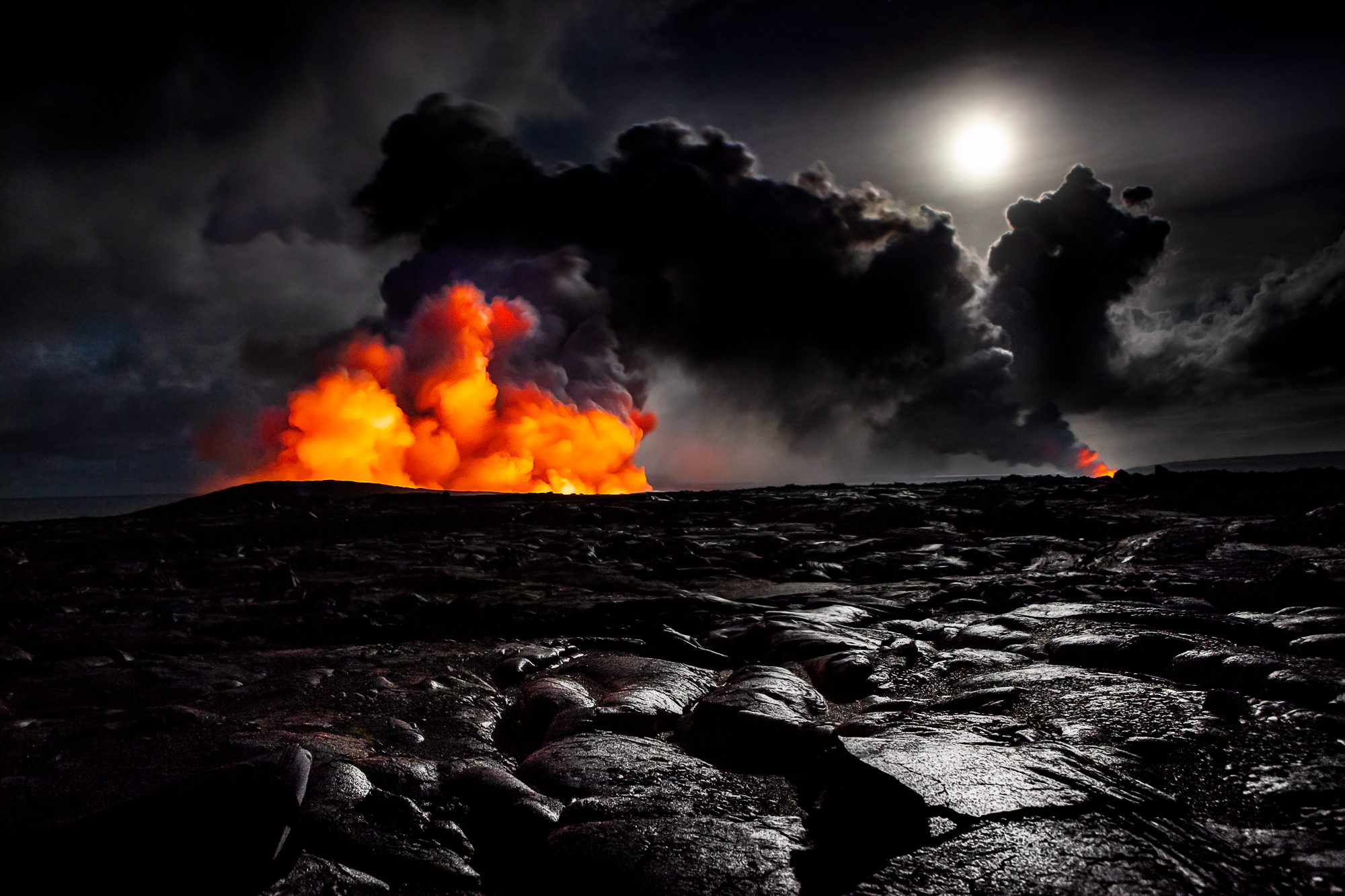
4. Are you a meticulous pre-planer or do you prefer creating images spontaneously? Can you tell us more about your method of working?
Above all, my way of creating images depends on the context and the place where I find myself. I usually refer to 3 kinds of situations.
The first one deals with perfectly and precisely located spots, as Mesa Arch in Utah or Tunnel View in Yosemite. Photographing these kinds of spots usually doesn’t require much creativity because there are not many different possibilities of shooting. What makes a picture different from another one is therefore the light. I am not fond of this way of photographing because it is very passive: you have to be there at the right moment and that’s it. Waiting and coming back are usually the main part of the “work”. Of course, there is always a room for maneuver but it is limited. For example, some photographers have tried to shoot Mesa Arch from different points of view, but it is the classic one that remains the best. Often, the more majestic the spot, the less room of maneuver.
Some situations are however totally unpredictable. This happens when the light is quickly changing, when the sunlight plays with the clouds. You have to be extremely reactive. Opportunity in such situation brings success. I find that these situations give a lot of fun albeit they are often source of frustration because of quickly changing light. In most cases there is hardly any time to compose and adjust the setting accordingly. These moments are generally unique and so are the pictures.
Most of the time, I work inside a given and delimited environment, like a forest, a lava field, a part of a desert. I need time to adjust to the area, so I easily spend hours or even several days there.
To me, nature has two realities. The first one looks simple, immediate, visible, available to anyone. It corresponds to our daily experience. It usually requires little effort from us to grasp it. We are passive because we are plunged in that reality. The second reality begins to appear when we try to really look at nature as if we were actors and architects. It is a hidden reality comparatively to what I have said previously.
I believe that nature has secrets and my work is to discover them. In that sense, the camera acts as a headlamp searching through the night. It allows me to discover but it strongly depends on where I point the light. That's why I say that a photographer should build or make the picture. Revealing a so-called reality is in general far from being enough.
5. Terra Quantum displays themes and series portfolios and it seems you like to work on series. Is there any particular subject that is the closest to your heart, like the sea or mountains?
To me a series is the best way to show the work of photographers in a consistent way. A single image may be of course powerful, sumptuous, uncommon but it doesn’t have the impact and the richness of a series. Several reasons may explain that. One of the most important comes from the overflow of billions and billions of images. Consequently, many images tend to be similar. It’s just a matter of mass effect. On the contrary, a series adds a new dimension and the possibilities become definitively infinite. I have never seen two similar series coming from two different photographers. A series really brings a signature. This is very important, especially nowadays that standing out of the crowd has become a critical issue.
A typical feature of a series is that you have to work under constraints since the images of a series necessarily share a common theme. That’s a very interesting because constraint forces you to think. As a consequence, it normally avoids the easiest solution to which we naturally tend. I am convinced that only the difficulty allows you to produce something rich and personal. Having said that, all is in the choice of the theme. I am not fond of themes like waterfalls, season, or other basic elements that make a common choice. A theme needs to integrate an idea, a feeling, an emotion. On the other hand, if it is too personal, the risk is that you are the only one who finds a logic in the series. That’s the complexity of the approach.
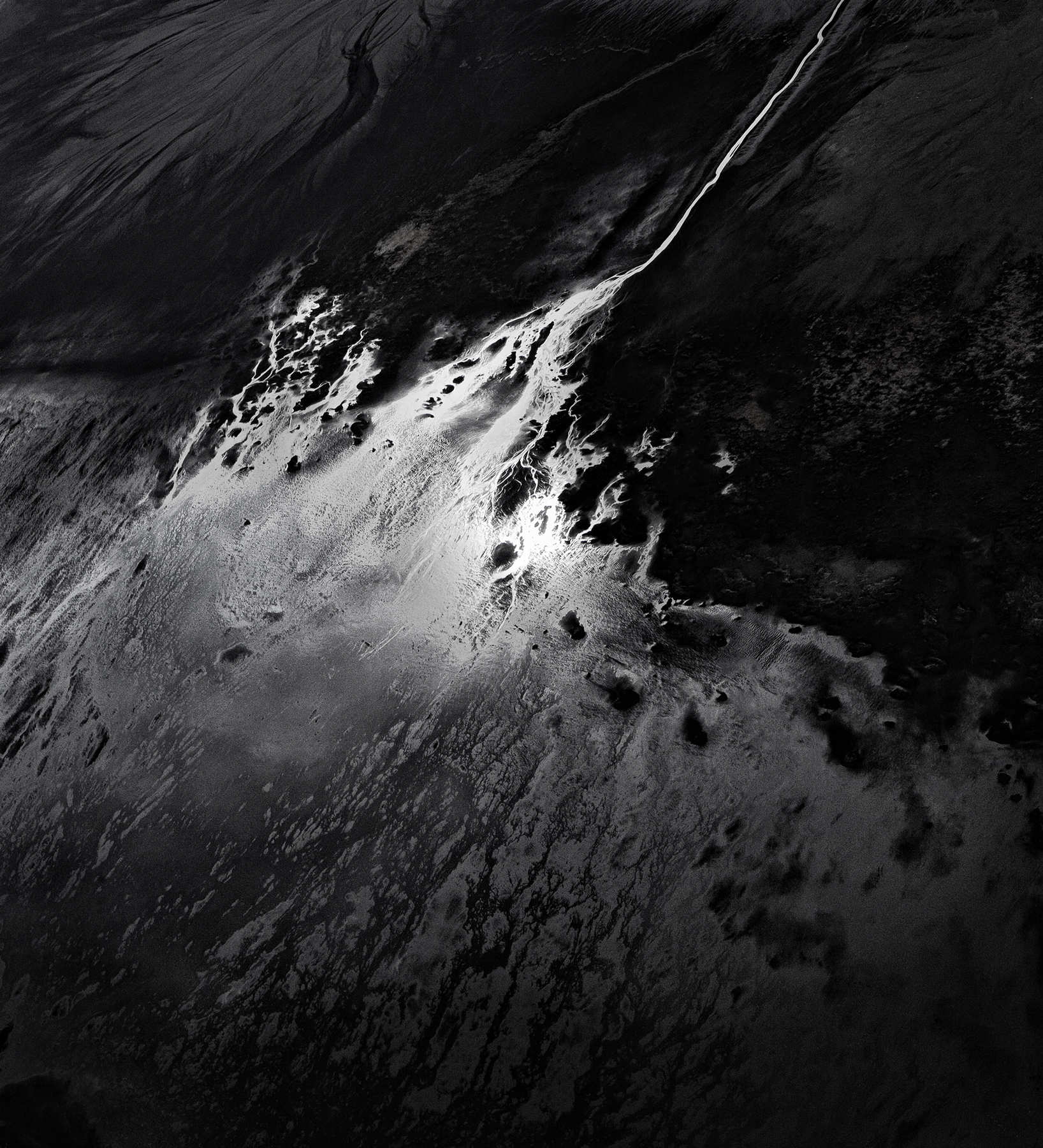
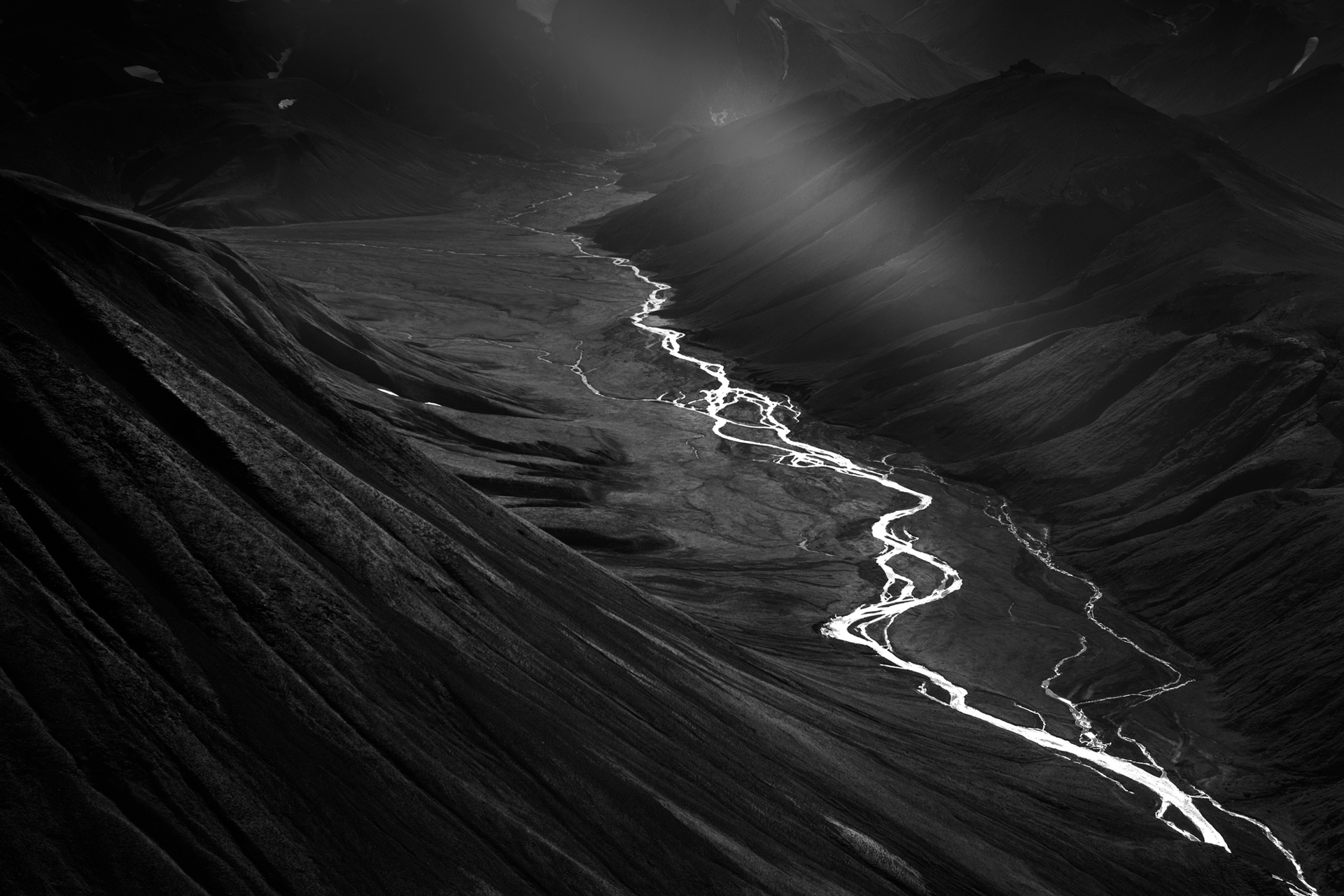
6. Can you tell us a bit more about one chosen photograph – what is the story behind it, when/why/how it was created?
Concerto is an image that I took in Iceland, near Vik, 4 years ago. I chose that name because of the light that produces singular effects on the basalt organs. The weather was really awful: continuous rain and strong wind. There has been just one minute when taking a photo became possible: when a ray of sunshine, just before dusk, suddenly emerged and illuminated the organs, leaving everything else in the surroundings in darkness.
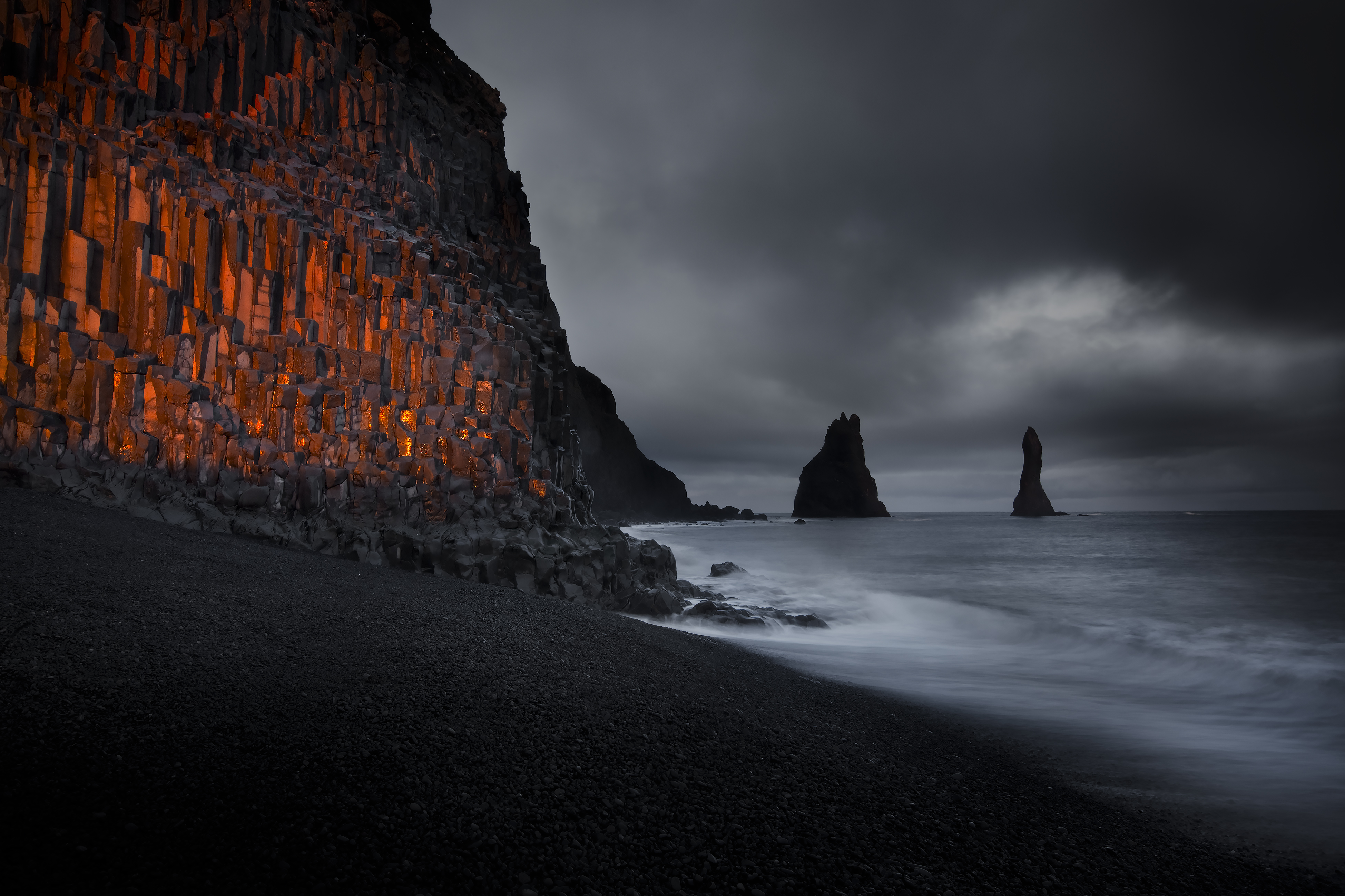
This illustrates how both perseverance and opportunity are important factors in photography and how quality of the moment is far more important than the quantity of the images one can take during a day. Only one picture is sufficient to transform an awful day into an unforgettable and great one. I know that I will never find again such coinciding factors (sky, light, position of the sun, moment of the day) and I am just happy that I was so lucky to be there when that particular moment happened. This image also comforts me - thanks to nature and its unpredictability, it will always be possible to get one image that is different from other millions of images.
7. Do you find printing your images yourself as an integral part of image creation or do you use professional labs? How important is the choice of paper for you?
I think the ultimate destination for a photograph is the print. Although an image can be clearly seen on a high-quality screen, pixel remains virtual. Above all, an image should be considered in itself and not on a computer, where it is mixed with other things. Furthermore, it is important to see an image in a large size. Current screens are too much limited.
Unfortunately, I cannot really print myself, because personal printers don’t have the quality and the size of professional labs. The printer I have is ok for basic tests but not more. Paper choice is of course important but the choice comes after the type of the print and the related elements (acrylic, framed, mounted, etc.) are chosen.
8. How involved are you in online presence for your own work and for Terra Quantum work? Do you think that social media play an important role in promoting photography and environment?
Along with digital cameras, social media is the second element that has deeply impacted photography. However, taking a closer look, this impact is ambiguous. On one hand, social media allow for a better exposure of the photographer’s work and became unavoidable for communication. On the other hand, social media have given rise to a considerable flow of pictures that make difficult for a photographer not to be drown in. From that point of view, I would say that social media impact is at the end of the day quite neutral: an easier way of communicating and promoting but balanced by a huge concurrence.
To me, the most important, and regrettable consequence of the social media is that they constitute to a standardization of the way of photographing. When browsing through photographic social media, it’s easy to see how similar so many pictures are, especially in the post treatment phase, for instance, dramatic skies, saturated colours, overuse of standardized HDR technics or overuse of wide-angle lenses. The ease of use of post processing software results in a prevalence of the technicality over the artistic and personal views. Social media spread this approach to everyone in the world. Because this kind of images is what you can see on the web, “photographers” naturally tend to conform to that kind of pictures, thinking that it is THE good way of making good pictures. That is the bad side of it - everything tends to be similar, wherever you are in the world. I find incredible that the freedom offered by post processing techniques actually leads to such uniformity. The less constraints there are, the more homogeneity we observe. At the end of the day, what is emerging as fashion is in fact a herd behavior and creativity suffers as a result, because in an environment of total freedom, we tend to be reluctant to make any effort.
Similar observations can be made about the well-known photographic locations. Many spots are now spoiled forever - victims of their popularity reinforced by social media. From the photographic point of view, iconic images are done. They have left the domain of several and privileged photographers (those until the end of the last century) and have fallen into the mass tourism. Antelope Canyon in the USA or Kirkjufell, Vestrahorn in Iceland are examples of places photographed hundred thousand times a year. The images are spread on the web, attracting even more people year after year.
At the end of the day, I think that social media will lead photographers to ask themselves a question if they want to stand out from the crowd. If they don’t do it, they will be smothered, from an artistic point of view. Therefore, the way out is on creativity and renewal path. In short, we need to move from a situation where we could take a picture to a situation where we have to make a picture.
9. Do you have any plans for Terra Quantum for the next couple of years?
Terra Quantum gathers exceptional quality portfolio of images and we are in touch with marketing agencies and relevant interested companies. For example, we are currently working on an event in Paris, that will take place in the beginning of 2019. The event will involve several photographers explaining live how they took their images. We are also contacting large companies that are either interested in the event or happy to sponsor it. This is a great opportunity for photographers to develop contacts in an industry. Of course, the most active photographers of Terra Quantum will be in a privileged position!
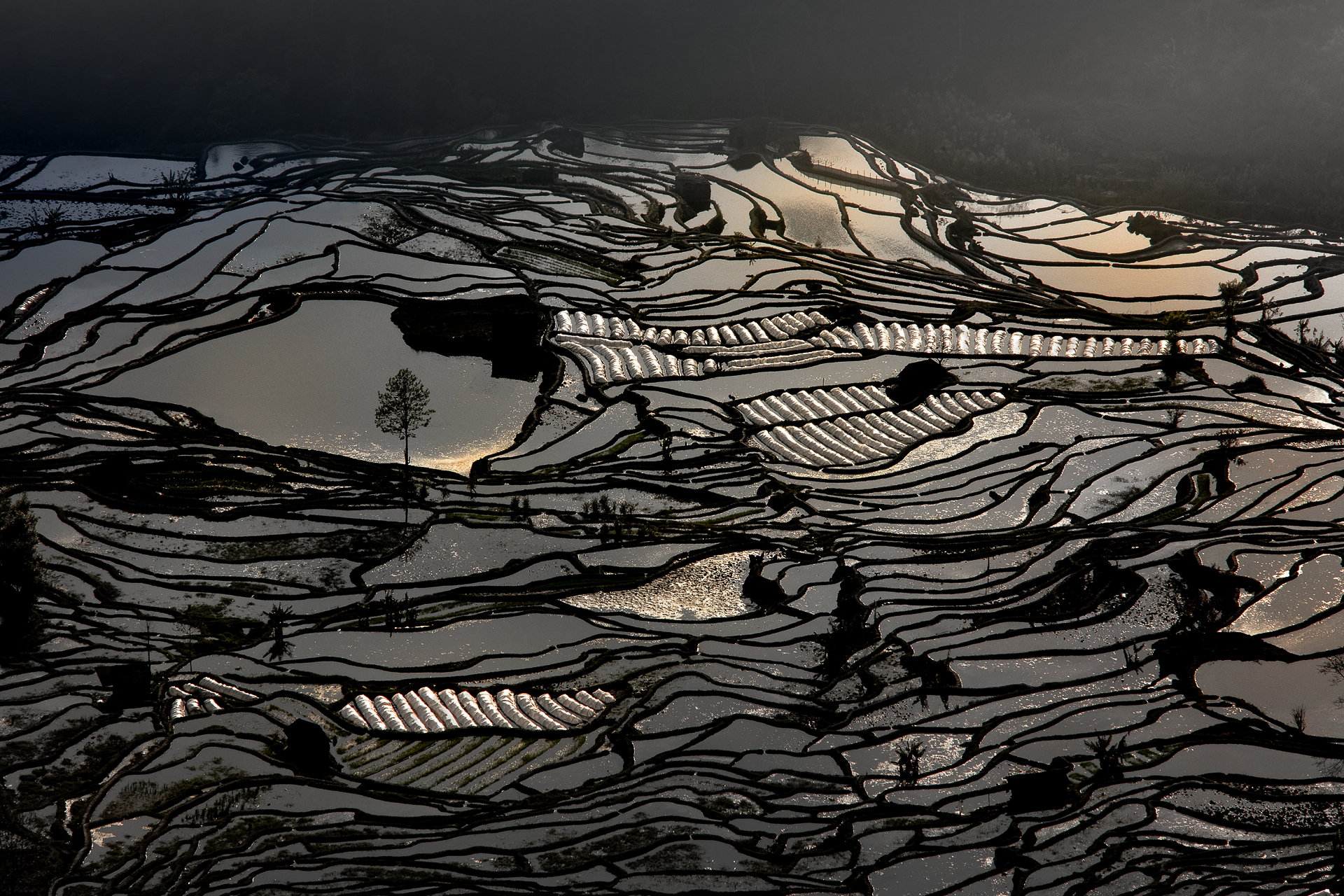
10. You promote planet Earth appreciation and environmental awareness, do you have any thoughts how photographers in general can become more involved in this important matter?
By nature, landscape photographers have conflict of interest. They need to find beautiful areas to take the pictures of, but they also show them and consequently, promote these areas, increasing the risk of making them well known and possibly even damaged. The hundreds of photographic workshops a year are symptomatic of the problem. This is a difficult situation because workshops are often the main income for photographers.
As I explained before, since iconic photography is over, a possible way out could be to re-orientate landscape photography into a closer vision, leaving aside the focus on so called beauty spots and privileging other elements like shapes, pattern, atmosphere, etc. All these elements can be found almost everywhere. If workshops photo were to be based on this philosophy, that could be beneficial for the environment. It’s crucial that photographers are aware that their images have a direct and strong impact on people. If they show iconic images, then people will go to those spots. On the contrary, if they focus on more intimate views, they will communicate to people the wish of doing something personal.
A look at the photographic work on Terra Quantum is instructive: most of the selected images don’t represent a particular place. We have also decided to put a minimum radius of several dozens of kilometers around the location of the picture in the Terra Map then the exact location, so they cannot be found.
Having said that, we have to be realistic and pragmatic. There will always be people who want to go to iconic spots. We will not give back the Antelope or Monument Valley their original wilderness. However, some other locations are on the way to be threatened by their potential popularity. Photographers have to be aware of the influence of their images on people and therefore be careful in what they show and share.
Samuel Feron

